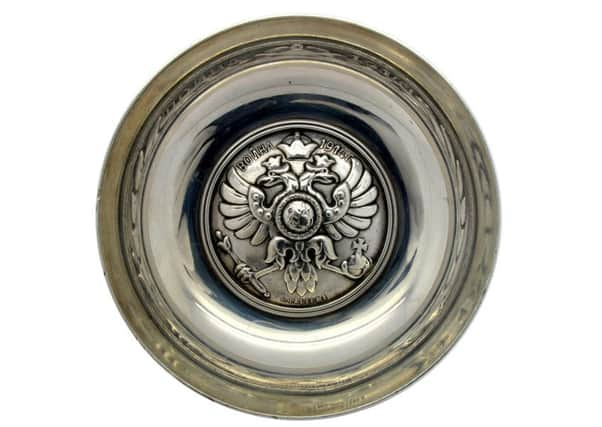Antiques Column: Elegance of the jewelled egg pendants


In 1884 he was commissioned by the Tsar Alexander III to make the first Imperial Easter egg.
These projects became top priority for the company and were planned and worked on far in advance, sometimes for over a year.
Advertisement
Hide AdAdvertisement
Hide AdFifty six Imperial eggs were made and the location of all but about ten is known. Could it be……….?!
This relationship with the Imperial family blossomed and lasted right up until the Bolshevik Revolution in 1917 and it opened up many doors of influence for Faberge.
Perhaps his greatest success was expanding production to include purely decorative objects, called his ‘Objects of Fantasy’
Many of the Faberge pieces sold today fetches huge prices on the international stage with a ‘jet set’ following.
Advertisement
Hide AdAdvertisement
Hide AdHowever it is still possible to purchase some of the more ‘modest’ brooches or smaller jewellery items such as tiepins and cuff links in salerooms at more reasonable prices.
The miniature enamel and jewelled egg pendants are still far and away the most popular of all these ‘more affordable’ gems.
What about fakes? Well, fakes are so common in the field of Faberge that the Fine Art world came up with a special little phrase, ‘Fauxberge’ to encompass them all.
They include everything from near perfect matches to disastrous copies.
n Do you have a collection you would like to shout about in this antiques column?
Email [email protected] with the details and your contact number.